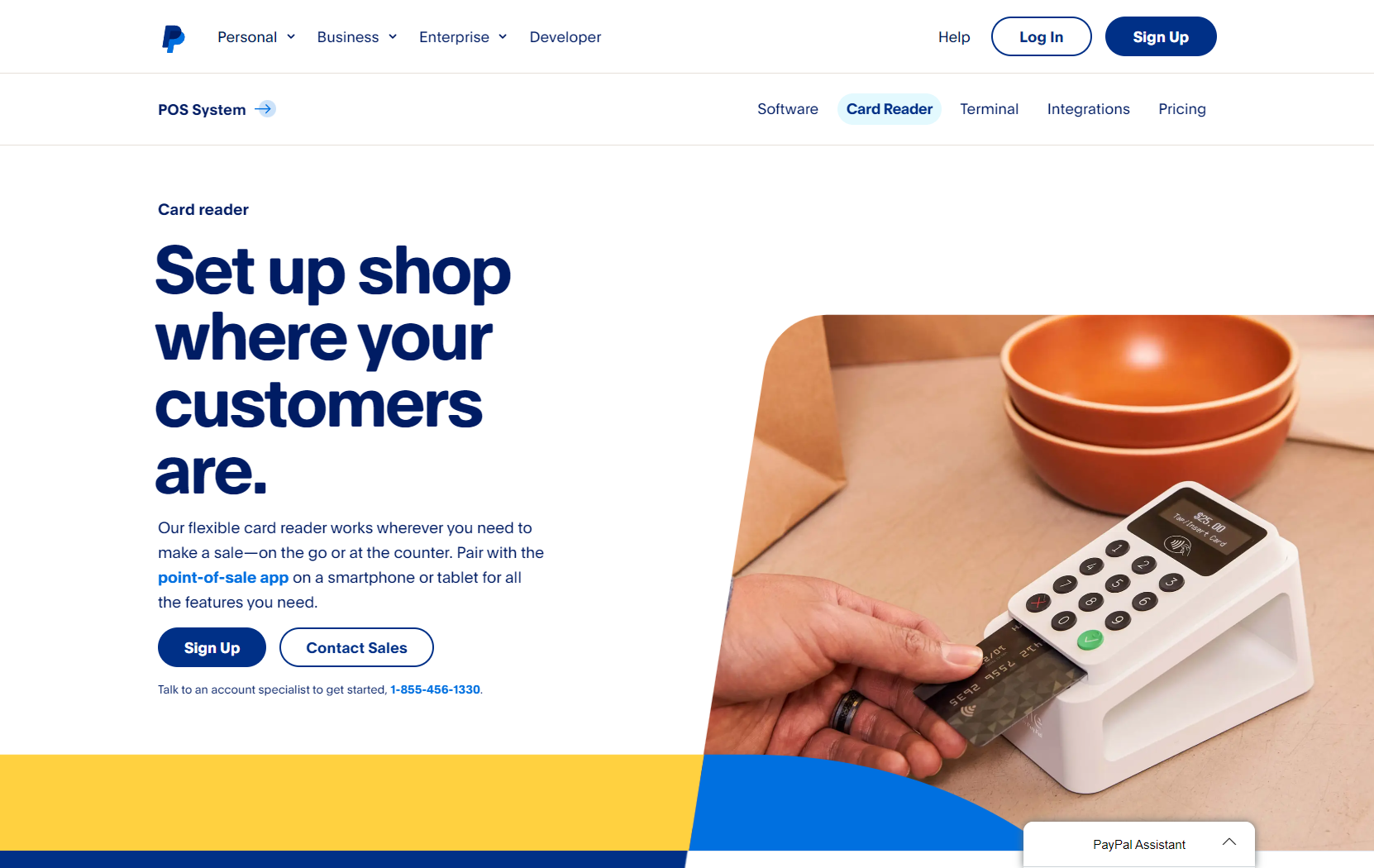|
Getting your Trinity Audio player ready...
|
What comes to mind when you hear the term ‘brand identity’? Have you ever seen examples of effective brand identities that have helped companies stand out from the competition?
Brand Identity is an essential characteristic of businesses and organizations. Your brand identity is how customers view your business, as well as what makes it special. It should combine visual elements such as logos, colours, and shapes, to ensure a consistent service experience for everyone involved in contact with it. A powerful and consistent identity allows potential customers to recognize and understand your brand in a snap second.
Developing a unique brand identity across platforms can lead to increased loyalty amongst customers by efficiently conveying the company’s purpose and mission.
In this article, we’ll discuss some amazing examples of brands that have used their identity to their fullest potential.
Brand Identity
A brand identity is made up of what your brand says, what your values are, how you communicate your product, and what you want people to feel when they interact with your company.
What is Brand Identity?
Brand identity is a crucial component of any successful business. It encompasses the personality, values, and messaging of a company and serves as a promise to customers. Your brand identity is what sets you apart from competitors and creates a connection with your audience.
Although the terms “brand” and “logo” are often used interchangeably, they are not the same. Originally, the term “brand” referred to the mark that cattle ranchers would use to distinguish their livestock from others’. However, over time, the definition has broadened to encompass a wide range of elements that make up a brand’s identity, such as its name, tagline, logo, design, and brand voice.
Brand identity is the aspect of branding that focuses on creating a unique and memorable personality for a brand.
In today’s digital age, it is more important than ever to have a strong brand identity that can scale across various platforms and experiences. A successful brand identity will engage customers and leave a lasting impression long after a sale has been made.
To illustrate the concept of brand identity, let’s look at some examples. Take Apple, for instance. Their brand identity is centred around innovation, sleek design, and user experience. This is reflected in their minimalist logo, clean product design, and consistent messaging across all of their marketing channels.
Another example is Nike, whose brand identity is built on the values of athleticism, inspiration, and empowerment. Their iconic “swoosh” logo and “Just Do It” tagline perfectly captures the essence of their brand personality.
In conclusion, brand identity is a vital component of any successful business. It involves creating a unique personality and messaging that sets a brand apart from its competitors and resonates with customers. A strong brand identity is essential for building customer loyalty and creating a lasting impression
What makes up a brand identity?
A brand identity is made up of various design elements that serve as communication tools for the brand.
These branding elements include:
- Colours
- Shapes
- Fonts
- Image choices
- Voice
Each of these building blocks plays a critical role in defining the personality of the brand and creating a unique and recognizable identity.
However, these elements alone are not enough to create a strong brand identity. It’s essential to use them in the right way and the right context. The way a brand uses these elements is like the mortar that keeps them together. For instance, the brand’s copy’s vocabulary and voice, the type of packaging it uses, the social media platforms it’s on, and the overall way it presents itself to the world.
A brand’s voice refers to the tone, language, and style it uses in its communication with customers. The kind of packaging a brand uses can also communicate a lot about its identities, such as its values and personality. For example, eco-friendly packaging choices could convey that the brand is environmentally conscious and values sustainability.
- Therefore, it’s not just the colour and font choice that matter. It’s the way a brand uses them in combination with other elements to create a consistent and cohesive brand identity. A deliberate choice of materials, for instance, can also contribute to a brand’s identity.
Some of the best brand identity examples
Having a strong brand identity is essential for success in any industry. It sets you apart from the competition, builds trust and credibility with customers, and creates an emotional connection with your target audience.
That’s why it’s important to create a memorable brand identity that stands out in the crowd. So let’s take a look at some of the best brand identity examples out there and see how we can use them to inspire our designs:
1. PayPal: A Consistent Brand Identity Across the Digital and Physical Worlds
PayPal pioneered digital payments, although its visual identity was designed for a web 1.0 desktop era.
In 2014, PayPal underwent a brand identity overhaul with the help of fuseproject, which allowed the company to keep its familiar brand identity while adopting a new identity to express its innovative DNA and future as a leader in digital payments. The updated identity features a bolder wordmark, stronger monogram, more vibrant colours, and a dynamic angle graphic that increases user perceptions of trust and innovation.

PayPal’s consistent brand identity can be seen across both digital and physical products and properties. The company strategically places its logo on credit card readers, making it easier for customers to recognize the brand regardless of the platform or device they are using.
Additionally, PayPal provides visual tools and badges that businesses can use to inform customers that they accept PayPal payments, offer free return shipping for customers who use PayPal checkout, and more. These tools and badges not only reinforce the company’s brand identity but also serve as effective promotional tools for PayPal itself.

The innovative approach of placing PayPal’s logo centre stage and providing visual tools and badges to businesses demonstrates the importance of consistency in brand identity. By creating a strong and recognizable brand image, businesses can establish trust with their customers and differentiate themselves from their competitors.
PayPal’s success in creating a consistent brand identity across both the digital and physical worlds serves as a valuable example for other businesses seeking to do the same.
2. Coca-Cola
Coca-Cola is a brand that needs no introduction, with its iconic logo being recognized worldwide. However, many other elements make up Coca-Cola’s brand identity, such as the polar bear, the colour red, the “Share a Coke” campaign, and the classic ribbon-like imagery featured on its cans.

The red script text logo is the cornerstone of Coca-Cola’s brand identity. The red colour instils confidence in the person drinking a Coke, while the script typeface signifies enjoyment. Unlike coffee, which is typically consumed before work in the morning, Coca-Cola is a beverage that is savoured during leisure time in the afternoon. This is the brand’s “face” and what it is known for.
Coca-Cola also sets itself apart by using a uniquely shaped bottles for its products. The design of the bottle is so distinctive that no other beverage has a bottle quite like it. This unique shape reinforces the brand’s position as the original and authentic brand and creates credibility and trust in the minds of consumers.
Another brand that emphasizes its brand identity is Netflix, one of the most popular on-demand media streaming services. The company’s brand identity centres around its easy-to-use service offerings, with a simple logo design in a signature red colour and a bold, clean typeface.
Although the Netflix logo design is simple, the brand makes use of it in creative ways in print packaging and digital advertising materials, often in conjunction with branding elements for the company’s various shows and movies. The simplicity of the design is its strength, allowing for easy scaling and use in any medium, making it incredibly versatile and prominent.
Maintaining a consistent brand identity can be a daunting task, especially with the need to keep track of various elements. However, having a strong brand identity is crucial in a competitive market, and companies can benefit from utilizing tools like Digital Asset Management (DAM) to simplify the process of organizing and using digital brand assets.
3. Netflix: A Simple Brand Identity Lends Versatility
Netflix has become one of the most popular on-demand media streaming services in the world, thanks to its wide range of offerings. However, the company’s success is not solely due to its content. Its brand identity plays a crucial role in creating a memorable and recognizable image. With the upcoming launch of Disney+, the competition in the market has become more intense, making Netflix’s brand identity more important than ever.

Netflix’s brand identity is simple yet effective. The company’s logo features a bold, clean typeface in its signature red colour, which perfectly matches its easy-to-use service offerings. The simplicity of the design allows it to be versatile and flexible in various applications, making it easy to use in print packaging and digital advertising materials.
Netflix also utilizes its logo design in combination with branding elements for its various shows and movies. This approach not only creates a unified image for the brand but also highlights its offerings. The company’s branding design is well thought out, and it is evident that every detail of its brand identity has been carefully planned.
The beauty of Netflix’s simple branding design is its versatility. The logo can be scaled up or down, and it can be used in any medium with ease, making it adaptable to various advertising platforms. This adaptability allows the company to maintain a consistent brand image while giving it the flexibility to promote its brand as needed.
With so many branding elements to manage, it can be challenging to maintain a consistent brand identity. However, Digital Asset Management (DAM) can help simplify the process by making it easy to find, organize, approve, version, and use your digital brand assets. By using DAM, companies like Netflix can ensure that their brand identity remains consistent and effective across all channels.
Grow with Brand Identity
In today’s crowded market, having a strong brand identity is more important than ever for businesses looking to stand out and connect with customers. Your brand is the foundation of your company’s reputation, and it’s what sets you apart from the competition. A strong brand identity can help you establish credibility, build trust, and foster customer loyalty.
The examples mentioned above showcase some of the most successful brand identities, and they offer excellent inspiration for businesses looking to create memorable branding. At The Brand Shop, we understand the importance of a strong brand identity, and we are committed to helping businesses of all sizes establish themselves as industry leaders.
If you’re ready to take your branding to the next level, The Brand Shop can help. Our team of experienced branding experts can help you create a unique, eye-catching brand identity that will make your business stand out from the crowd.
Contact us today to learn more about our services and how we can help you grow your business with a strong brand identity.




